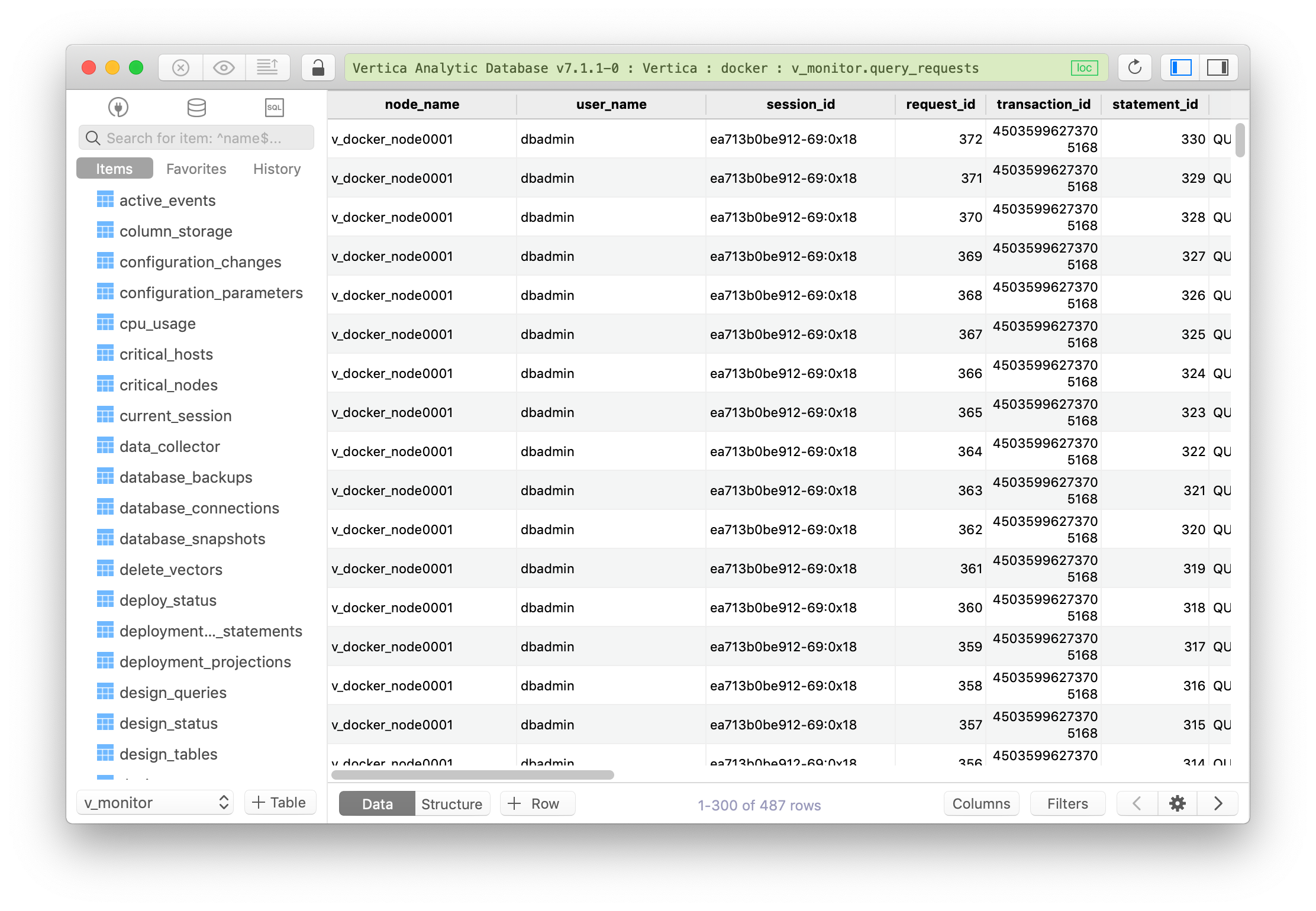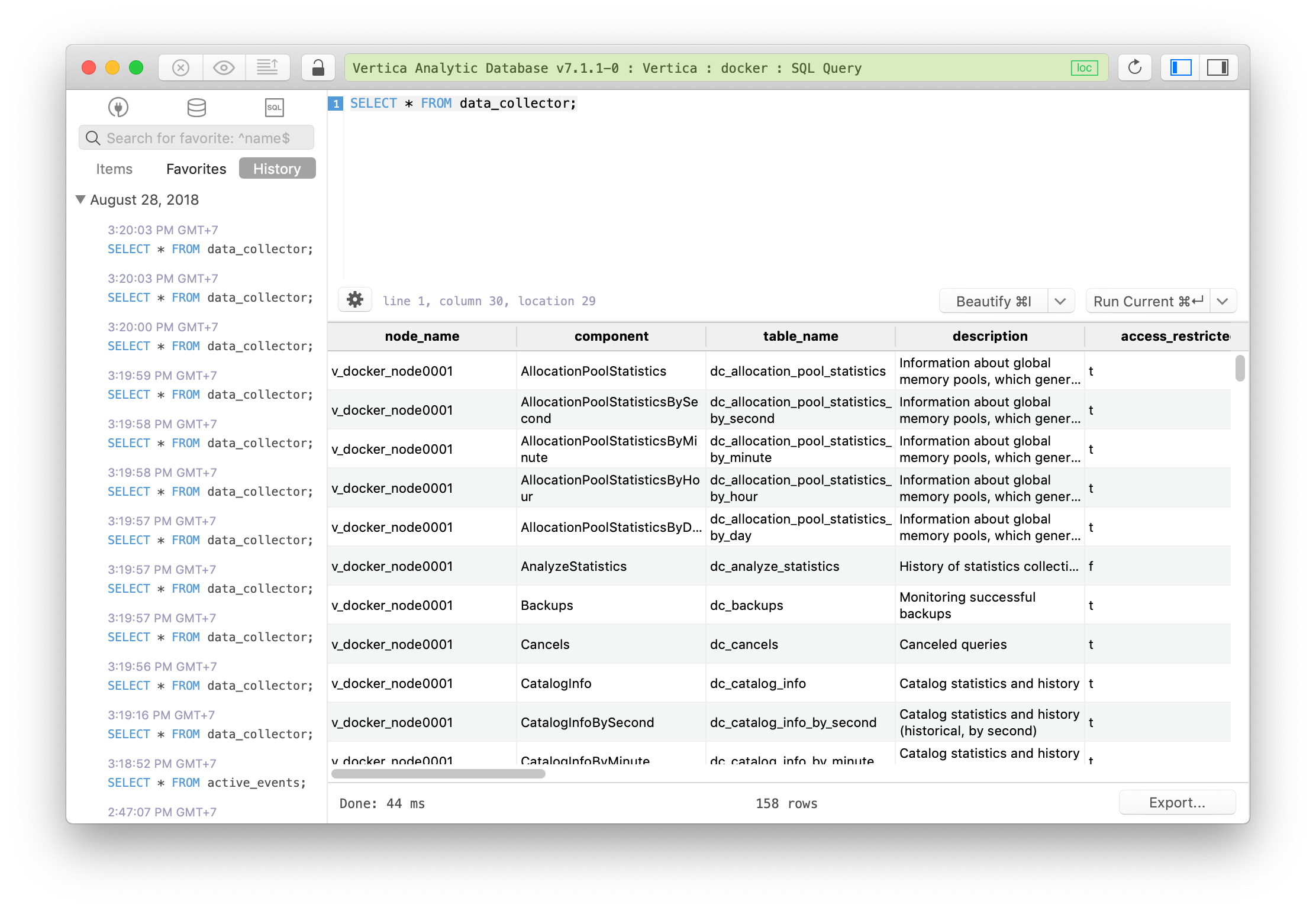


Relational databases use a structured query language to process and manipulate data. This example helps illustrate one of the main differences between SQL (relational) and NoSQL (non-relational) databases.

If one changes something, it will not affect anyone else. Everyone interacts with the world in different ways, there is no “universal” way of understanding and no sustainable organization of communication. Now imagine another city, where everybody speaks different languages at home. If the language suddenly changes in one place, everyone else will be confused. The inhabitants of this city understand each other and explore the world around them only through this language. This language is used in all forms of communication and all business processes are built on it. Imagine a city where everyone speaks the same language. Now let’s take a look at the differences and similarities between SQL and NoSQL databases. Why do we need non-relational databases? Their main advantage is a high level of security and the ability to bypass hardware restrictions. Other tables can refer to this external key to create a relationship between data parts and the parts pointed to by this foreign key. The structure of such databases allows you to link information from different tables using external keys (or indices), which are used to uniquely identify any atomic piece of data in each table. Relational databases use SQL, which stands for “Structured Query Language”. Non-relational databases store information in collections of JSON documents. In databases, this means that relational database data is stored in the form of tables and rows. The term “relational” comes from algebra. SQL is a processing technique that is used for processing relational and non-relational (NoSQL) databases. You can often come across the terms “SQL” and “NoSQL” when talking about databases. The former are placed in databases, where their description is stored, along with the information. SQL and NoSQL DatabasesĪll computer calculations are related to data processing. In this article, we will take a closer look at SQL and NoSQL databases, as well as at their practical examples. Nevertheless, the choice of a database must be made based on the complexity and purposes of your application. Node.js typically supports all database types, regardless of whether they’re SQL or NoSQL.


 0 kommentar(er)
0 kommentar(er)
